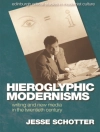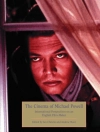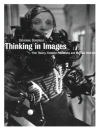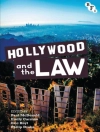From 1936 to 1943, John Vachon traveled across America as part of the Farm Security Administration photography project, documenting the desperate world of the Great Depression and also the efforts at resistance—from strikes to stoic determination. This collection, the first to feature Vachon’s work, offers a stirring and elegant record of this extraordinary photographer’s vision and of America’s land and people as the country moved from the depths of the Depression to the dramatic mobilization for World War II. Vachon’s portraits of white and black Americans are among the most affecting that FSA photographers produced; and his portrayals of the American landscape, from rural scenes to small towns and urban centers, present a remarkable visual account of these pivotal years, in a style that is transitional from Walker Evans to Robert Frank.
Vachon nurtured a lifelong ambition to be a writer, and the intimate and revealing letters he wrote from the field to his wife back home reflect vividly on American conditions, on movies and jazz, on landscape, and on his job fulfilling the directives from Washington to capture the heart of America. Together, these letters and photographs, along with journal entries and other writings by Vachon, constitute a multifaceted biography of this remarkable photographer and a unique look at the years he captured in such unforgettable images.
Table des matières
Preface
Introduction
Photographic Plates
Letters to Penny
Additional Writings
From the Journals
‘Standards of the Documentary File’
Shooting Scripts
Correspondence with Roy Stryker
‘First Day Out’
‘Not a Care in the World’
‘Tribute to a Man, an Era, an Art’
Notes
List of Illustrations
Works Cited
Index
A propos de l’auteur
John Vachon (1914-75) began his long career in photography as a member of the famous Farm Security Administration group that included Dorothea Lange, Walker Evans, and Ben Shahn. The least-known member of the group, he worked for the FSA longer than any of the others, recording in his distinctive style the rural farms, the small towns, and the cities of America, as the country moved from the Depression to World War II. After the war he worked as a photographer for the United Nations and for LOOK magazine. Miles Orvell is Professor of English and American Studies and Director of American Studies at Temple University. He is the author of several books including The Real Thing: Imitation and Authenticity in American Culture, 1880-1940 (1989), American Photography (2003) and After the Machine: Visual Arts and the Erasing of Cultural Boundaries (1995); he is also Senior Editor of the Encyclopedia of American Studies (2001).












